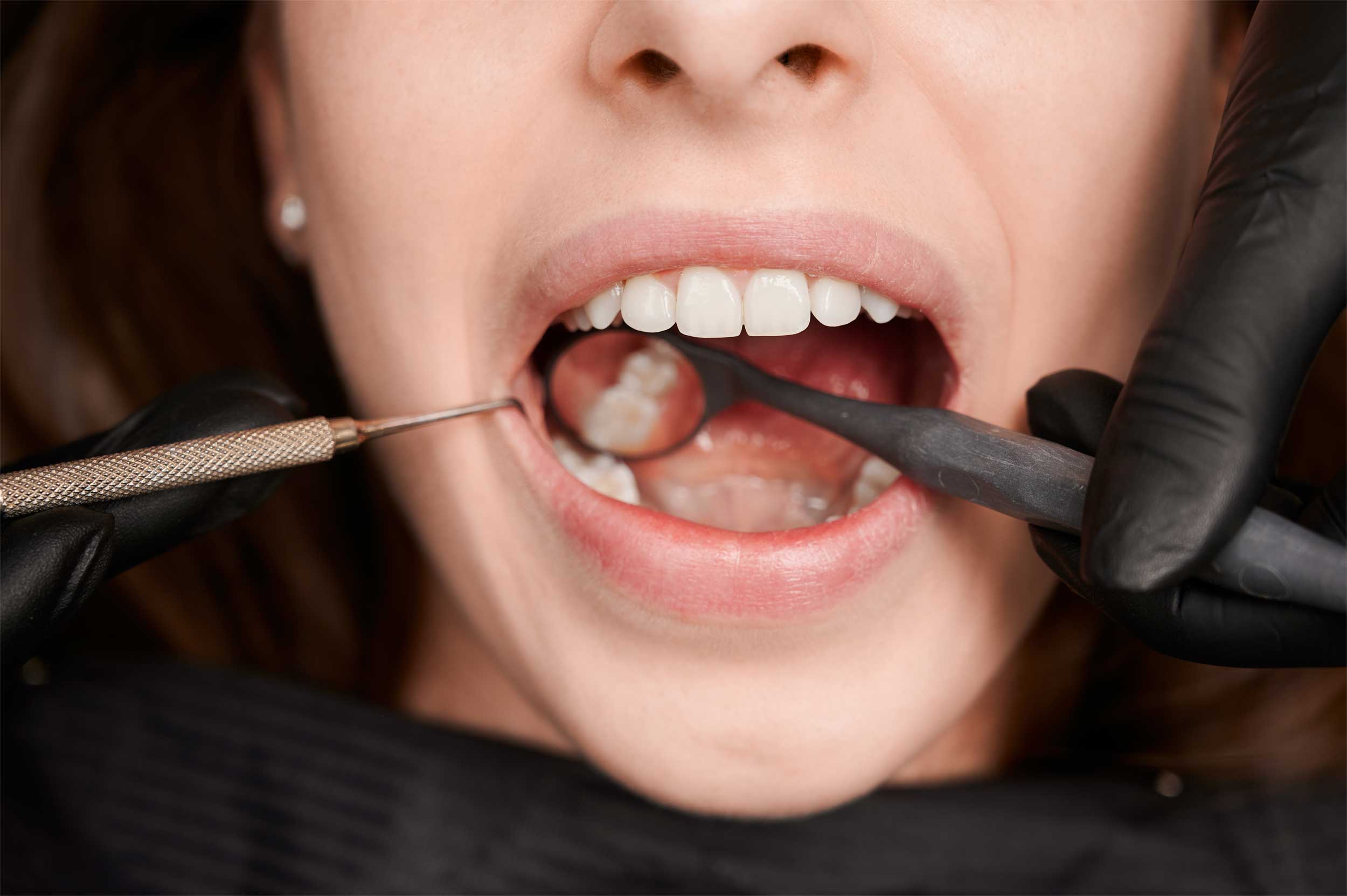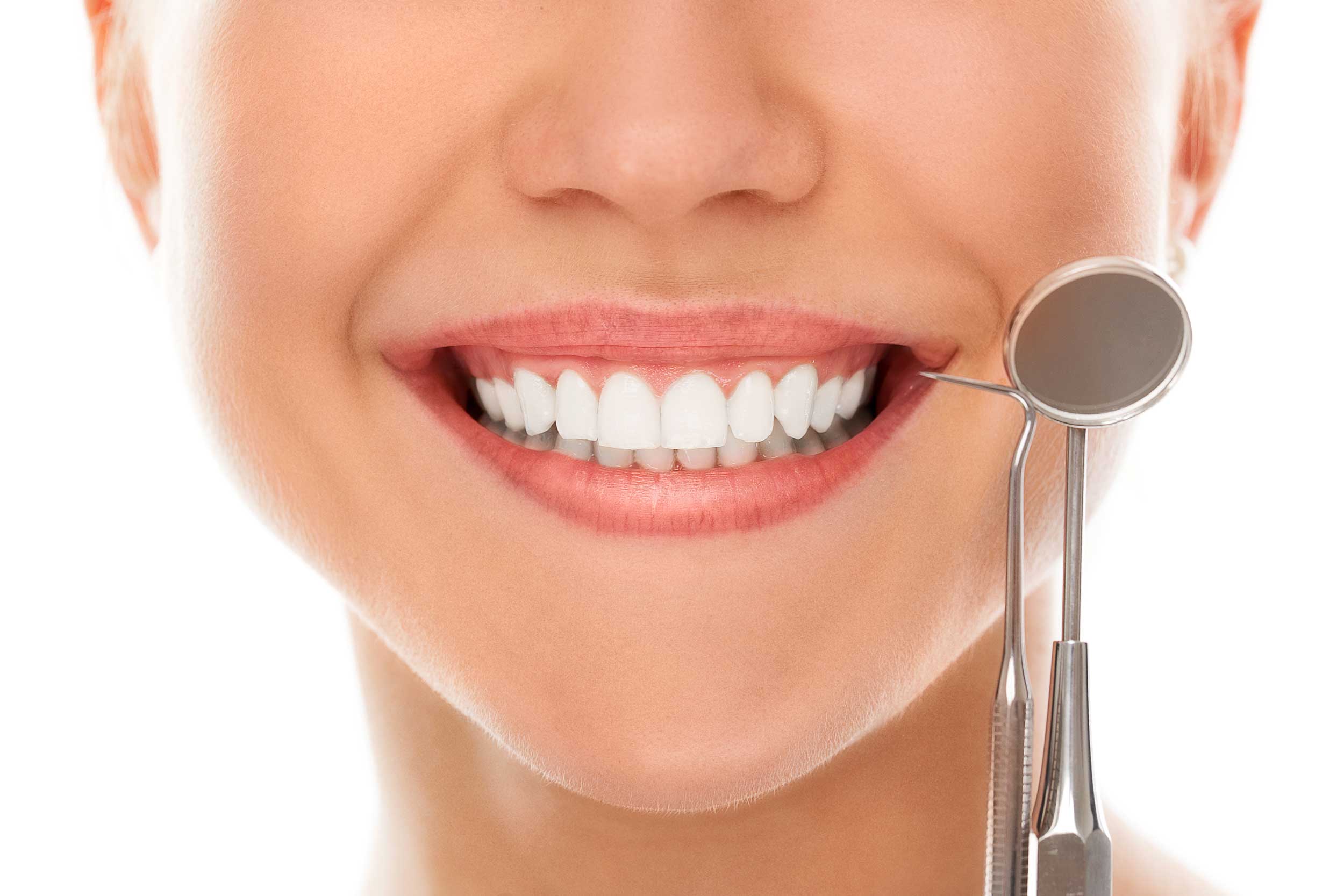Wisdom teeth, which are the last adult teeth to erupt, are also called 20-year-old teeth among the people. The wisdom teeth in the back of the jaw generally do not adapt to the jaw structure, causing pain, abscess formation and discomfort in most individuals. For this reason, the problems that occur with the wisdom tooth extraction are prevented.
What are Wisdom Teeth?
Wisdom teeth are the third molars at the back of your mouth. These teeth, located on both sides of the upper and lower jaws, are 4 in total.
Wisdom teeth usually erupt in their early twenties. In some cases, they remain buried, causing discomfort to the person. In cases where it causes discomfort, they should be extracted with wisdom tooth extraction.
For detailed information about 20-year-old-teeth, you can take a look at our article "Things You Should Know About 20 Tooth".

Should Wisdom Teeth Be Extracted?
If wisdom teeth have come out properly and are not causing a problem, they do not need to be extracted. However, it should be taken into account that the problems related to wisdom teeth do not appear out of nowhere.
If your 20-year-old teeth have not come out and cause problems, or if they have come out but decayed, these teeth should be extracted. Today, wisdom tooth extraction is a dental treatment that is frequently applied in the department of oral and maxillofacial surgery.
How Is 20 Tooth Extraction Performed?
20 tooth extraction is performed with 2 different methods. These methods vary depending on whether the tooth is coming out or not.
- If the tooth has erupted, the extraction is performed as a normal tooth extraction.
- If the tooth is impacted, tooth extraction is performed by surgical procedure.
What Does Impacted Teeth Mean?
The teeth are surrounded by bone and gum tissue. When the teeth begin to erupt, they first pass through the bone tissue and then the gum tissue. However, some teeth cannot pass these tissues and remain under the tissues. Teeth in such cases are called impacted teeth.
How is Impacted Tooth Extraction Performed?
Impacted wisdom tooth extraction is a little more difficult than others. Because these teeth can be extracted by surgical procedure.
Impacted tooth extraction begins with local anesthesia. Then the tissues on the tooth are opened and the tooth is extracted. The treatment is terminated by suturing. Since local anesthesia is applied during the treatment, no pain or pain sensation occurs. Only a slight pressure may be felt.
What Should be Done After Wisdom Tooth Extraction?
First of all, the recommendations of the dentist must be followed. The recommendations you should follow after wisdom tooth extraction are as follows:
- The tampon placed by the dentist in the area where the tooth extraction was made should be held by biting tightly for an average of 30 minutes in order to stop the bleeding.
- If your doctor has suggested that ice should be used, it should be applied as recommended. Ice generally needs to be held for periods of 5 or 10 minutes.
- No food should be consumed for 2 hours following tooth extraction. It should be noted that the ones consumed after 2 hours should be warm.
- During the 24 hours following the procedure, alcohol and acidic beverages should be avoided along with very hot foods and beverages.
- Smoking should not be smoked within 24 hours after wisdom tooth extraction.
- The area where the tooth extraction is done should be kept clean.
- The mouth should not be rinsed as it will cause the clot formed in the extraction area to break after extraction.
- It is recommended to sleep on a high pillow on the first night.
- Medications recommended by the physician should be used regularly.
- After 24 hours, gargle with warm salt water.
- The tooth extraction area should not be touched.
- Food residues should be prevented from getting into the wound. For this reason, it is recommended to be fed with liquid foods for the first 2 days.
- After 24 hours, the teeth should be brushed with slow movements using a soft toothbrush.
